The Marvel Cinematic Universe is often criticized for following a cookie-cutter formula. Almost every MCU movie has a traditional three-act structure, charts an external conflict between a hero with a wisecracking best friend and a villain with a diabolical plan, and culminates in a big battle sequence.
Audiences usually know what they’re getting with a Marvel movie. But the more refreshing entries in the franchise, from Guardians of the Galaxy to Spider-Man: No Way Home, make a concerted effort to deviate from the familiar formula and explore new ideas. Taika Waititi’s Thor: Ragnarok is a perfect example.
2 Sticks To The Marvel Formula
Death Of A Mentor
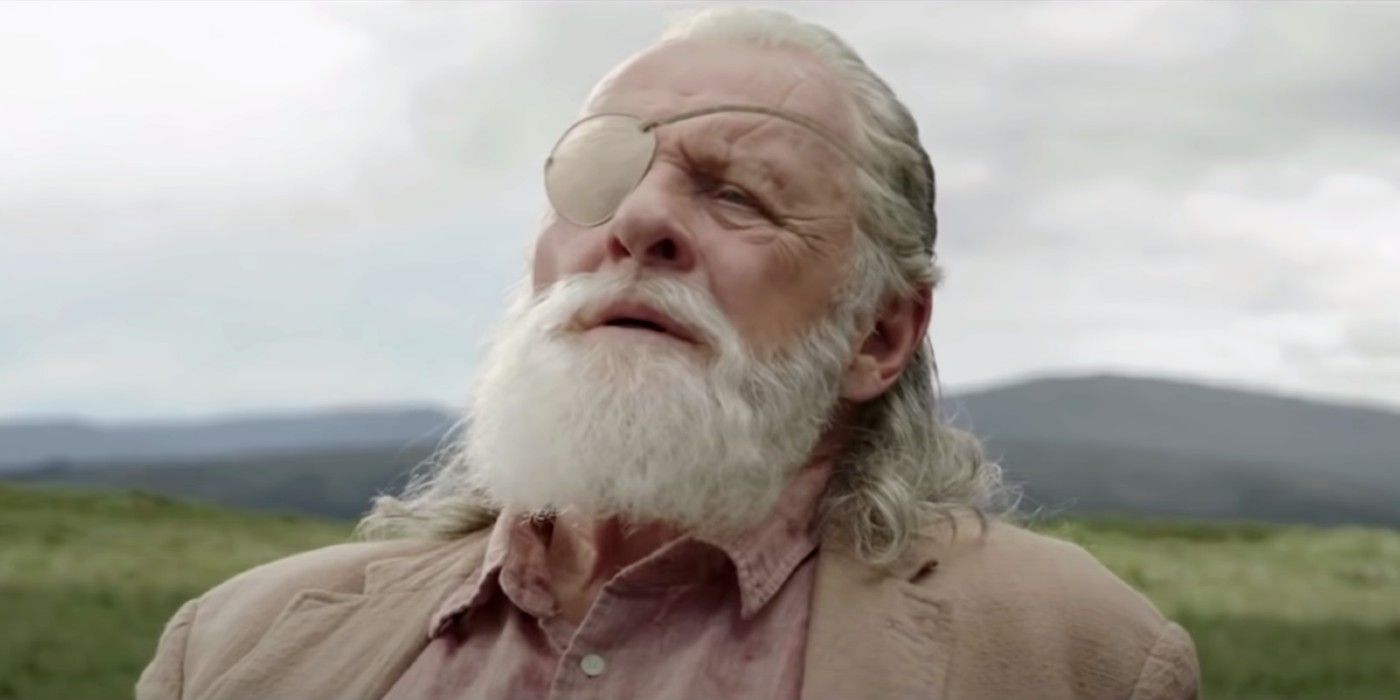
The death of a mentor figure is a crucial step in any classic “hero’s journey.” In Star Wars, the template for the Hollywood-ized version of Joseph Campbell’s monomyth, Obi-Wan Kenobi’s death inspires Luke Skywalker to take on the Empire and destroy the Death Star. This trope is seen in a bunch of MCU movies: Yinsen died to motivate Tony Stark, Dr. Erskine died to motivate Steve Rogers, the Ancient One died to motivate Stephen Strange, and Aunt May died to motivate Peter Parker.
It took a few movies to get there, but Thor’s most significant mentor – his father, Odin – died to motivate him in the first act of Ragnarok. Odin continued to offer his son timely advice from beyond the grave in a series of visions throughout the movie.
Burdened With Connecting A Bunch Of Other MCU Movies
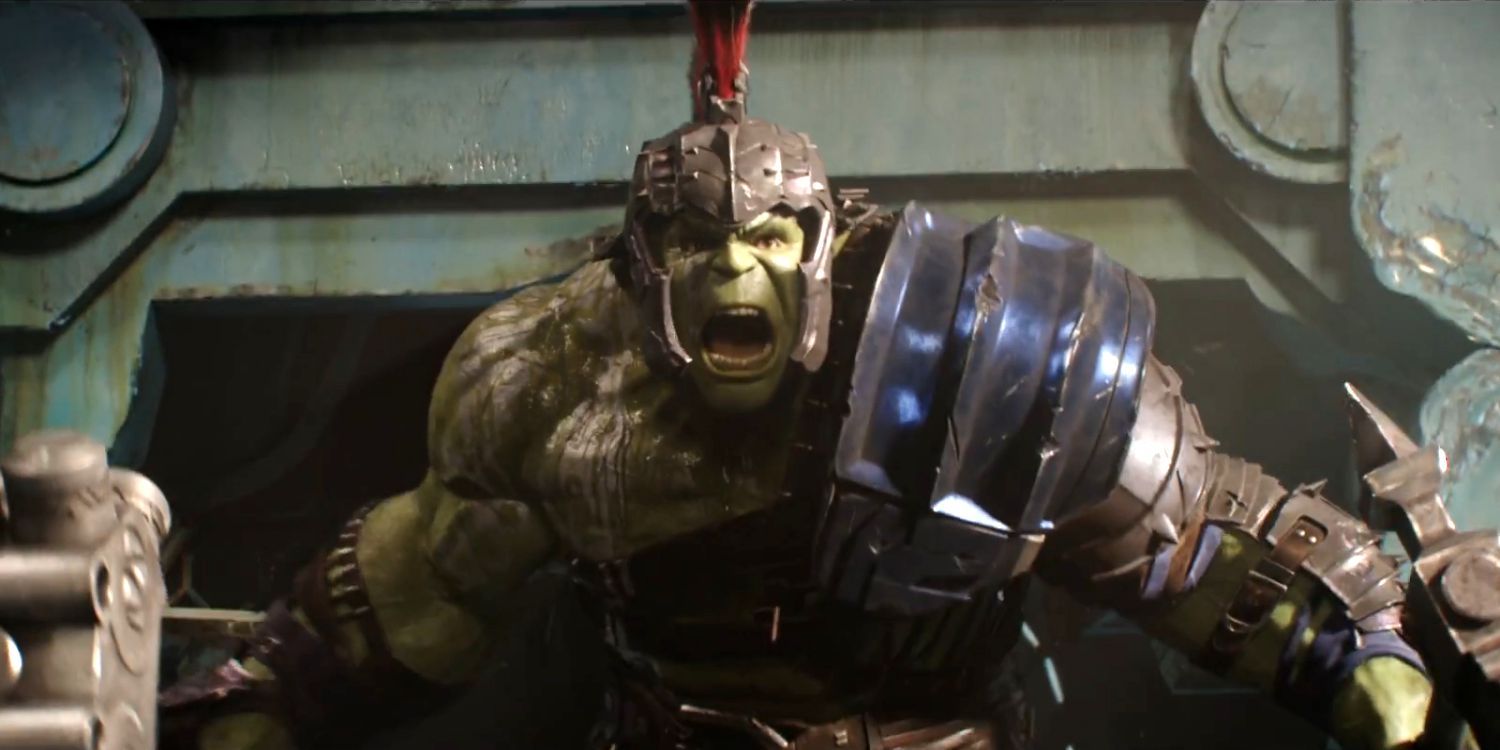
One of the drawbacks of the MCU model is that only a select handful of stories get to stand on their own two feet with no connection to the larger universe. Most MCU movies are burdened with following up on previous MCU movies and setting up future MCU movies.
Thor: Ragnarok is no different. It has to pay off Loki taking Odin’s place at the end of Thor: The Dark World, and also follows up on Thor’s Infinity Stones storyline and the Hulk abandoning Earth in Avengers: Age of Ultron. The movie’s ending is also tasked with setting up the opening scene of Avengers: Infinity War.
Joke-Heavy Action Scenes
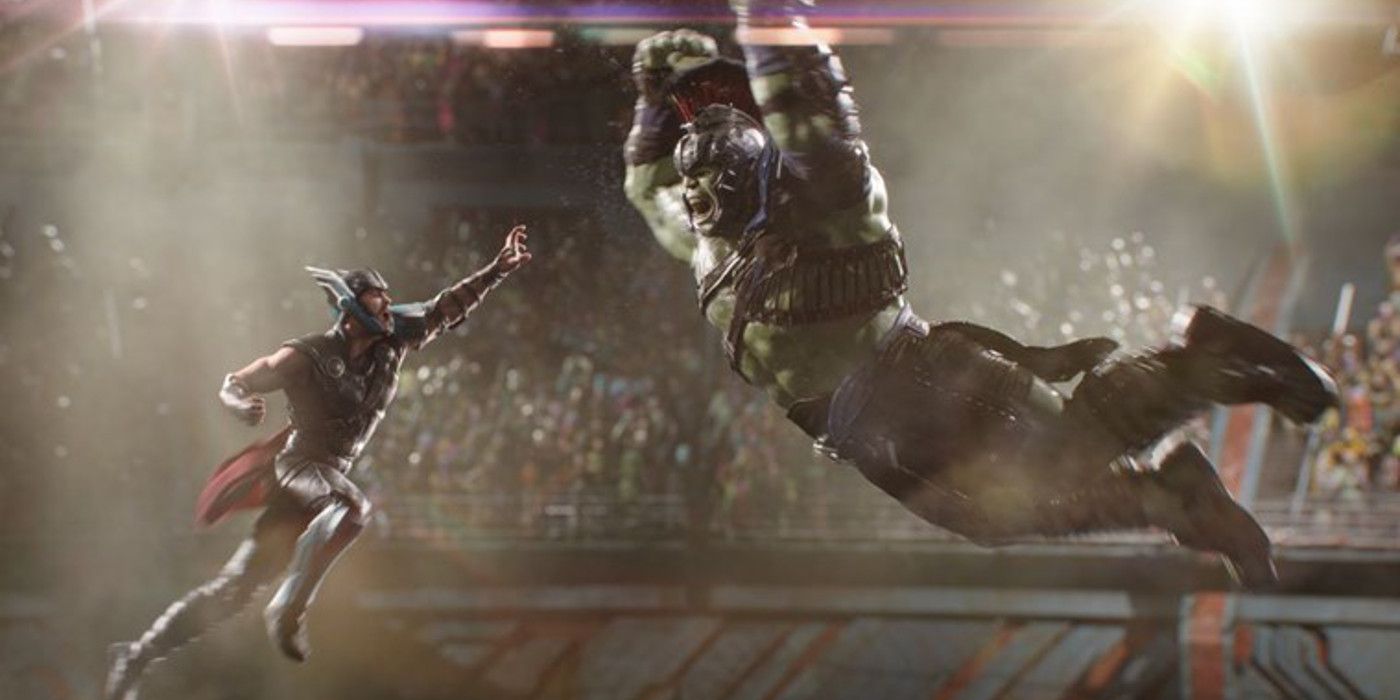
The moody action scenes of Matt Reeves’ The Batman highlighted an issue with the MCU’s action: too much talking. In a given MCU action sequence, the audience is never more than a few seconds away from a quippy one-liner.
These jokes usually take the tension out of the action, but the humor works beautifully in Ragnarok because the movie isn’t going for a tense atmosphere – it’s pure escapism.
Avengers Team-Up
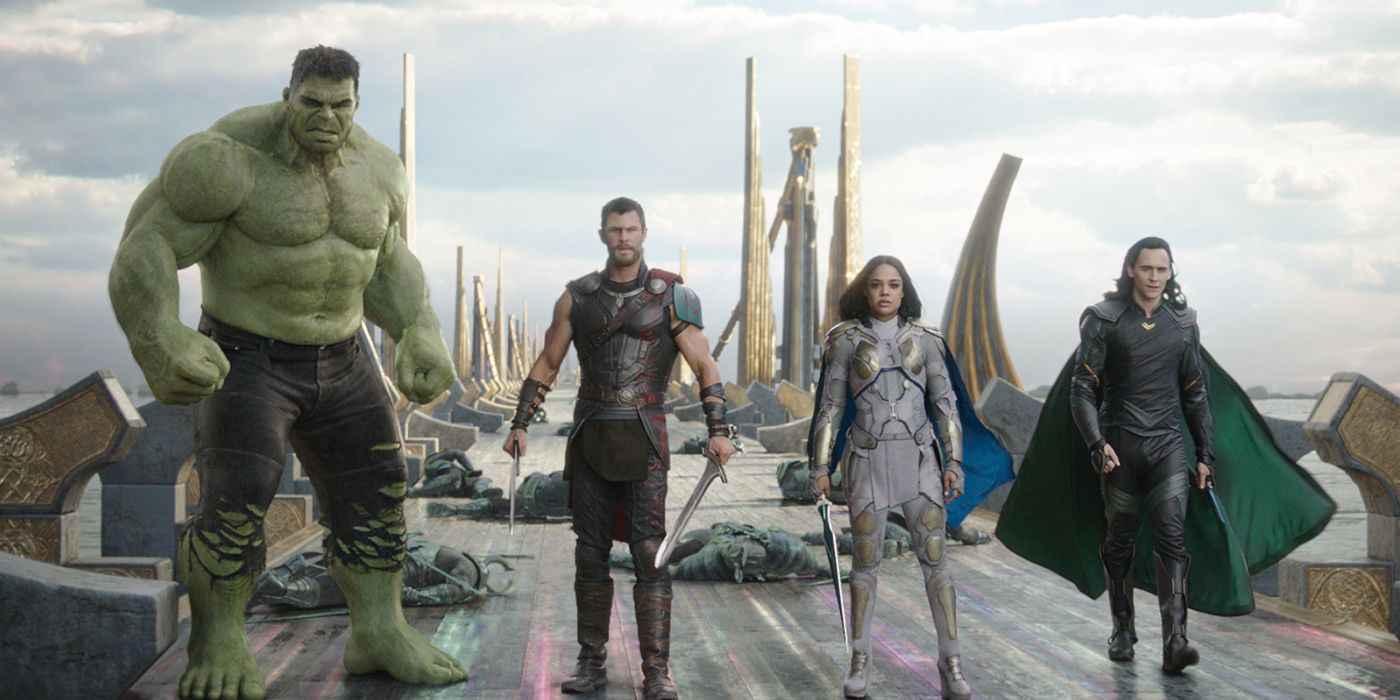
Ever since Marvel assembled Earth’s Mightiest Heroes on the big screen in The Avengers, it’s been standard for flagship MCU superheroes to show up in their colleagues’ solo adventures.
Doctor Strange has a cameo appearance near the beginning of Ragnarok to help Thor find his dad on Earth. At the midpoint on Sakaar, the Hulk bursts into the story and ends up joining Thor’s fight to save Asgard. In Ragnarok, Thor even forms his own Avengers-style alliance: the “Revengers.”
Big Third-Act Battle Sequence
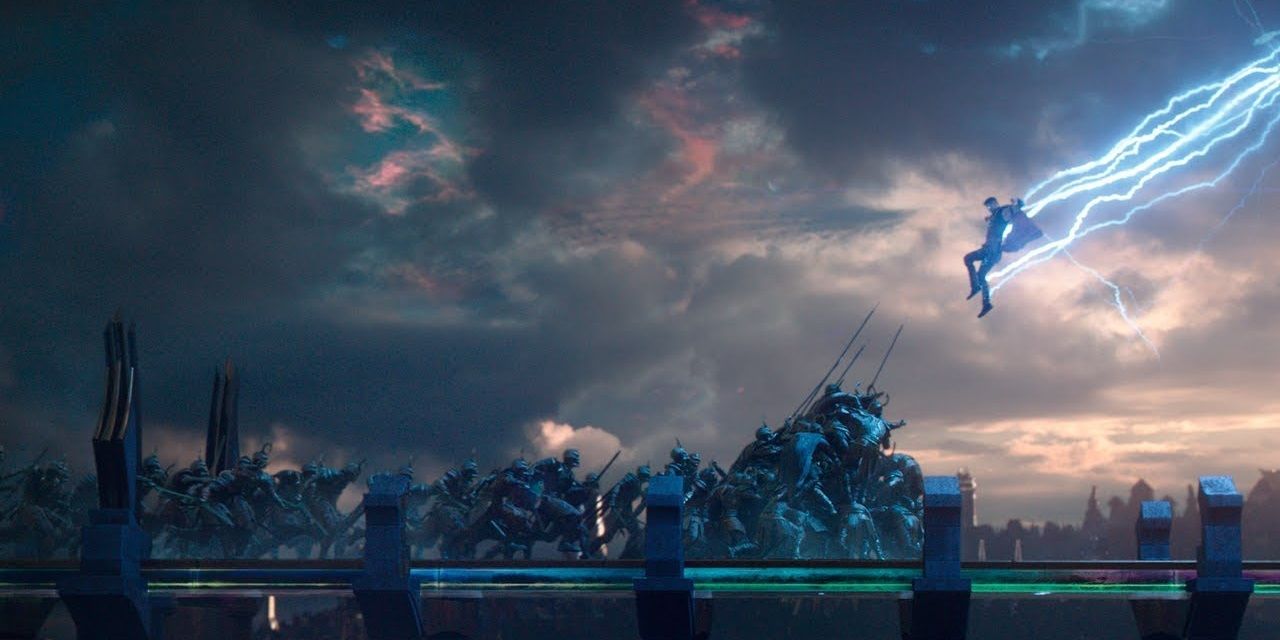
The Thor threequel ends with yet another showdown on the Rainbow Bridge. Like most MCU final battles, Ragnarok’s climactic set-piece cross-cuts between the main hero, the main villain, and a smattering of secondary heroes and villains: Thor fights Hela in Odin’s whitewashed throne room, Valkyrie wards off the goddess of death’s henchmen on the bridge, and the Hulk fights Fenris in the water down below.
The battle sequence peaks with the glorious moment in which Thor channels his thunderous superpowers and soars onto the bridge to wipe out Hela’s army, complete with a mesmerizing needle-drop courtesy of Led Zeppelin’s “Immigrant Song.”
1 Deviates From The Marvel Formula
Quirky, Idiosyncratic Humor
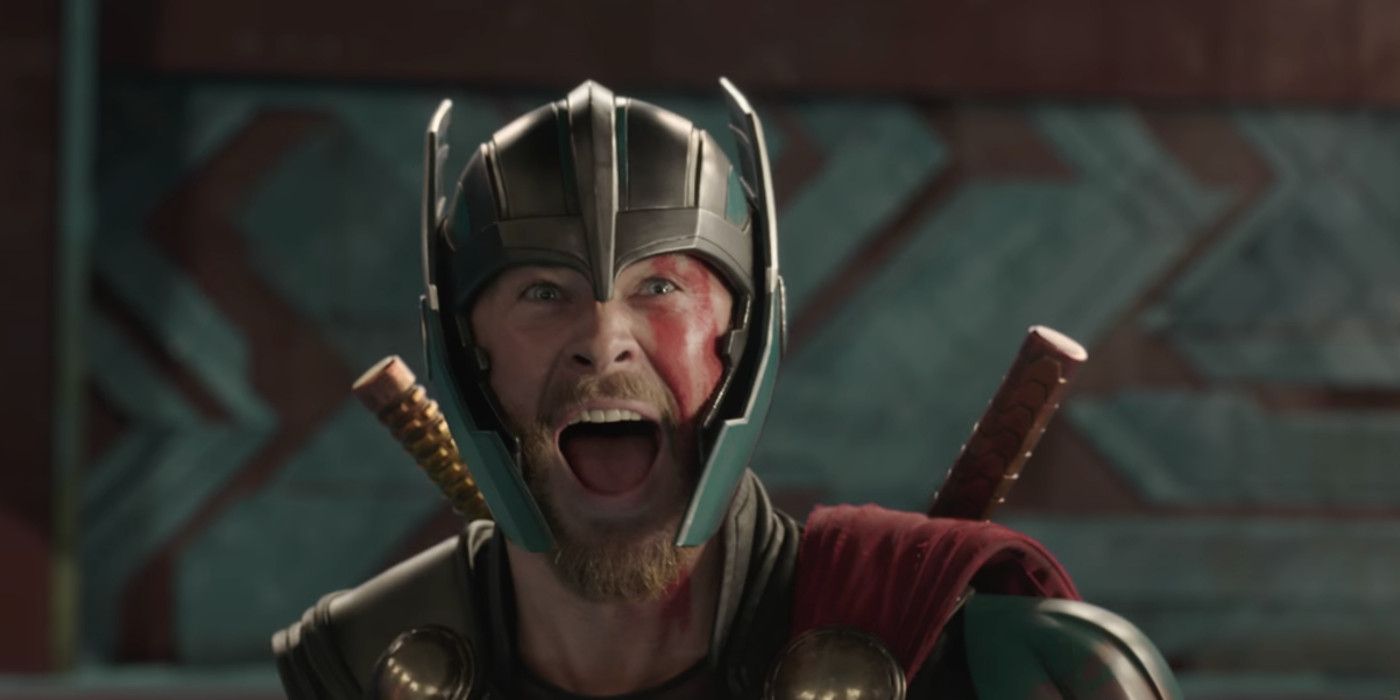
The main way that Thor: Ragnarok distinguishes itself from the other films in the MCU is the unmistakable voice of its director. Like James Gunn in the Guardians of the Galaxy movies, Taika Waititi imbued Ragnarok with his distinctive personality.
His unique comedic sensibility alone sets Ragnarok apart from every other MCU movie. There are plenty of other humor-driven Marvel films, but not with Waititi’s signature quirk.
No Romantic Subplot

Most MCU movies have a romantic subplot. There are a handful of really great love stories in the franchise, like Peter and MJ in the Spider-Man movies, and some fun twists on the formula, like Black Panther’s story of exes trying to make a platonic friendship work. But most of these romantic arcs feel perfunctory and tacked-on (including in the previous Thor movies).
Like Captain Marvel, Ragnarok does away with the unnecessary romantic subplot altogether. There’s one quick throwaway line about Jane breaking up with Thor. Neither of the movie’s female leads is relegated to the one-note role of a love interest: Valkyrie is a rival-turned-friend and Hela is a diabolical villain. As the title would suggest, Love and Thunder will go the other way and embrace this trope, elevating the romantic subplot to the main plot.
Hilarious Anticlimaxes

Some of Ragnarok’s funniest scenes set up a classic Marvel superhero moment, then subvert the tension with a hilarious anticlimax. In the opening scene, Thor tells Surtur, “Because that’s what heroes do,” then reaches out to grab his hammer – but he’s too early.
Ahead of the final battle, as Bruce Banner jumps out of a spaceship, ready to Hulk-ify on the way down, his untransformed Banner form just slams down on the Rainbow Bridge.
The Final Victory Is Accepting Defeat

Ragnarok culminates in a big battle sequence just like any Marvel movie, but that battle doesn’t play out like the majority of MCU finales. It’s not about who can muster the most cosmic energy. Instead, Thor is faced with a difficult decision.
Hela draws her power from Asgard and Surtur is determined to destroy Asgard in an apocalypse, so the God of Thunder cancels them both out by allowing Surtur to destroy Asgard, cutting off the source of Hela’s wrath. When he sacrifices his home to save his people, Thor truly becomes a leader, providing the perfect ending for the trilogy.
Downer Ending

The story of Thor: Ragnarok isn’t wrapped up in a neat bow like most of the MCU’s play-it-safe narratives. The main plot closes with a bittersweet cliffhanger ending, like The Empire Strikes Back, before setting up an even darker storyline for the next movie.
At the end of Ragnarok, Asgard is destroyed, the survivors start heading to Earth, and they’re immediately ambushed by Thanos and the Black Order.
Comments
Post a Comment